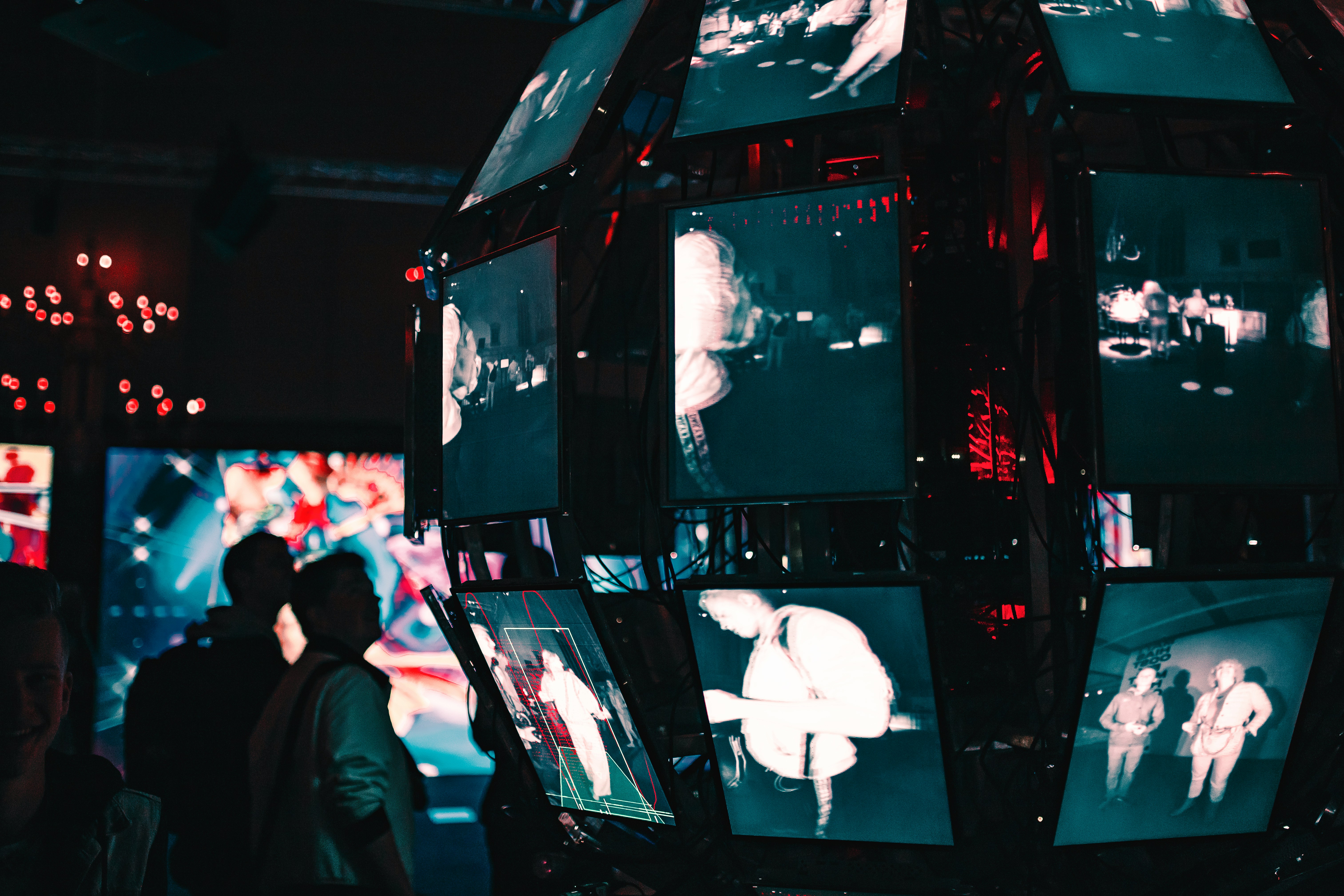Bridging the Gap with Augmented Reality
Introduction: In the sprawling tech cosmos, one star that continues to shine brightly is Augmented Reality (AR). This immersive technology is reshaping our interaction with the digital world, adding a new dimension to our experiences. Let's delve into the history, current advancements, and potential future of AR, as it continues to redefine our reality.

The Genesis of Augmented Reality:
Augmented Reality, a term coined by Tom Caudell, a researcher at Boeing, in the early 1990s, refers to the overlaying of digital information onto the real world. Caudell used the technology for creating head-mounted displays to assist in wiring harness assembly. However, the concept can be traced back to the 1960s, with Ivan Sutherland’s “Sword of Damocles” head-mounted display, which superimposed simple wireframe drawings onto the physical world.
AR Today: The New Normal:
Fast forward to today, and AR is everywhere. It’s in our smartphones, helping us catch virtual creatures with Pokémon Go, or assisting us with navigation in Google Maps. Retailers such as IKEA and Sephora are utilizing AR to enhance the shopping experience by allowing customers to virtually try on products or see how furniture would look in their homes. Educational institutions and industries are implementing AR for interactive learning and training purposes.
On the Product Front:
Tech giants like Microsoft, Google, and Apple are investing heavily in AR. Microsoft’s HoloLens, an untethered holographic computer, is arguably one of the most advanced AR devices in the market. It’s priced at around $3,500, positioning it more for enterprise use. Apple, on the other hand, is rumored to be working on an AR headset, set to launch in 2022, which could bring AR to the masses.
The Future of AR:
The potential applications for AR are vast and continue to grow. In the future, AR could play a role in fields as diverse as healthcare, tourism, and even space exploration. For instance, surgeons could use AR to visualize complex procedures, tourists could explore historical sites with added context, and astronauts could receive real-time information about their surroundings.
Final Thoughts:
AR is no longer a futuristic concept—it’s here, and it’s poised to change the way we interact with the world around us. As the technology continues to evolve, and as more industries adopt it, AR might soon become as ubiquitous as the smartphone. It’s an exhilarating prospect, indicative of the endless possibilities that technology holds for us.
So, the next time you’re catching a Bulbasaur on Pokémon Go or trying out a new lipstick shade on Sephora’s app, remember—you’re participating in a technological revolution that’s only just begun.





